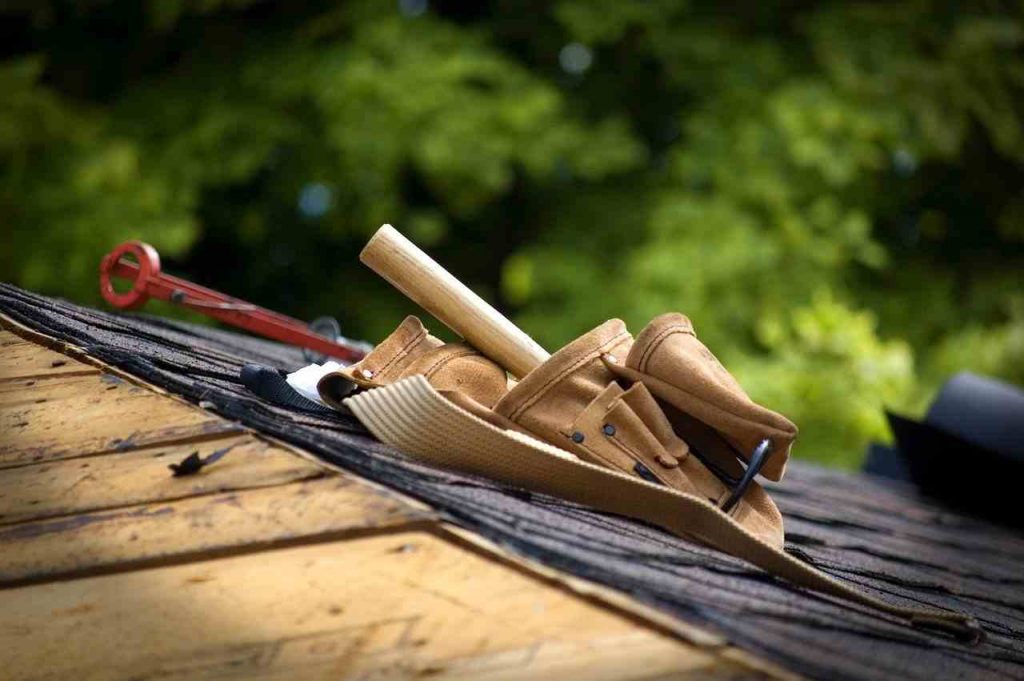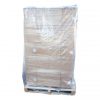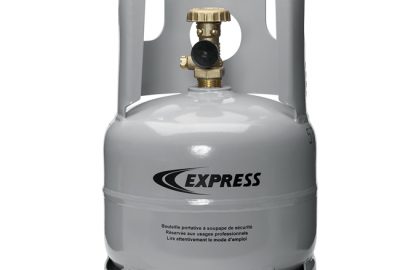Roofing is the bitumen coating used for the roof. It is in competition with other materials, such as EPDM (a single-layer synthetic rubber made from ethylene, propylene, diene and monomer), or PVC, but it remains widely used, both for its reliability as for its reasonable price.
What is roofing made of?
Roofing is a bitumen composed of a mixture of petroleum, polyester and fiberglass. Synthetic fibres are added to give it a more elastic consistency.
Roofing is most often reserved for flat roofs, but it is suitable for covering slightly sloping roofs. Packaged in strip form, it is also available as bitumen shingles that look like tiles and are intended for for sloped roofs. It is installed by heating it with a blowtorch or by gluing it.
The two main roofing references
Roofing is offered in two different forms: APP, which is a plastomer-based bitumen, and SBS, which is elastomer-based.
SBS roofing = Styrene Butadiene Styrene
SBS roofing is more elastic, but also more adhesive. It is suitable for all surface materials: concrete, wood, insulation layers, etc. When roofs are working under the pressure of the weather, SBS roofing has the ability to absorb the shrinkage and expansion of the layer on which it is laid.
However, as it is not naturally protected from UV rays, a layer of ballast, such as gravel for example, must be added to the roof. Otherwise, the SBS roofing becomes porous over time.
APP roofing = atactic polypropylene
APP roofing is the less elastic of the two, so it should be avoided on a working roof. However, it is the most effective in resisting extreme temperatures and ultraviolet rays.
The characteristics of roofing
The roofing is robust and offers perfect resistance to humidity. It can be installed quickly with a blowtorch or glue. Any damage can be repaired or sealed with a fitting. Bitumen can be combined with external insulation which is often recommended for flat roofs.
Bitumen roofing is more economical than EPDM and more reliable than PVC. It is also more environmentally friendly, as it is made of an agglomerate that uses recycled materials.
The life span of the roofing is 25 to 30 years. It requires annual inspection and maintenance, especially to remove any waste that may accumulate, such as leaves from trees. If organic waste is not removed, rainwater drainage is impeded.
The installation of the roofing
Bitumen roofing is installed by heating or gluing. Gluing is more expensive.
When heated with a torch, the bitumen becomes malleable and almost liquid, allowing it to adhere to the roofing surface. The strips are laid overlapping each other by a few centimetres to ensure a watertight seal between them.
Roofing repair
Repairs are carried out quickly to avoid any infiltration. Cracks are becoming increasingly rare, as the composition of the roofing has improved. Blistering may also occur, indicating a trace of moisture under the bitumen layer.
In both cases, the repair is adapted according to the condition of the premises. It is possible to make a quick repair with a blowtorch, add a sealant joint, or add a roofing strip. When the roofing is too damaged, it is necessary to consider its total renewal.








